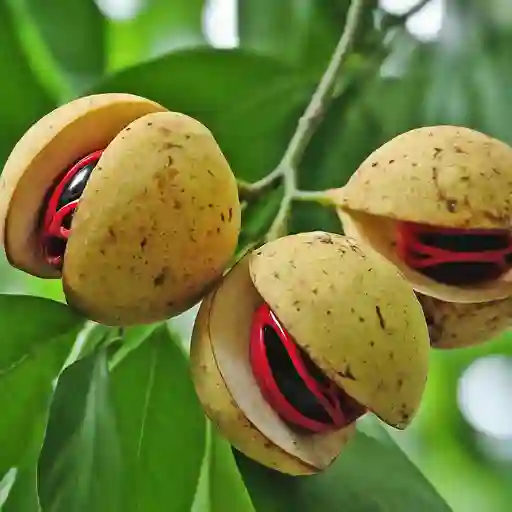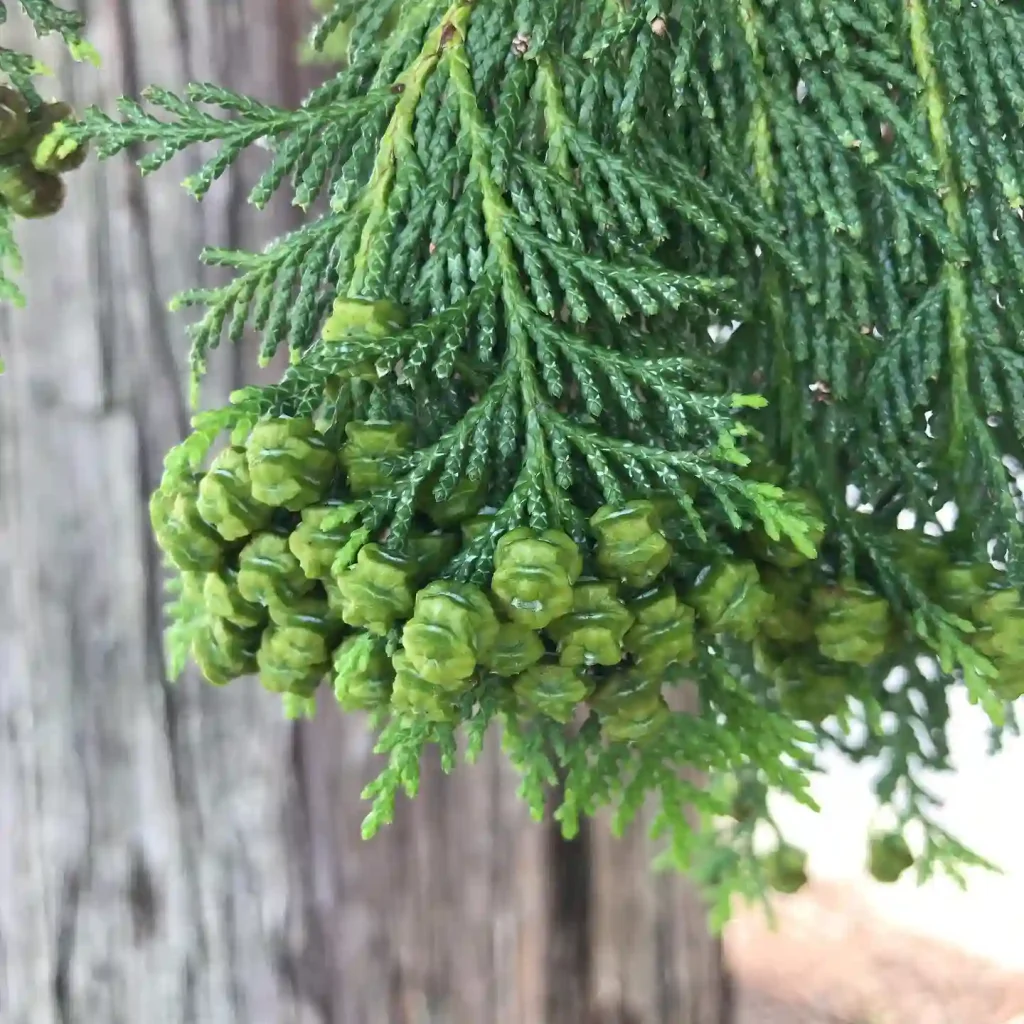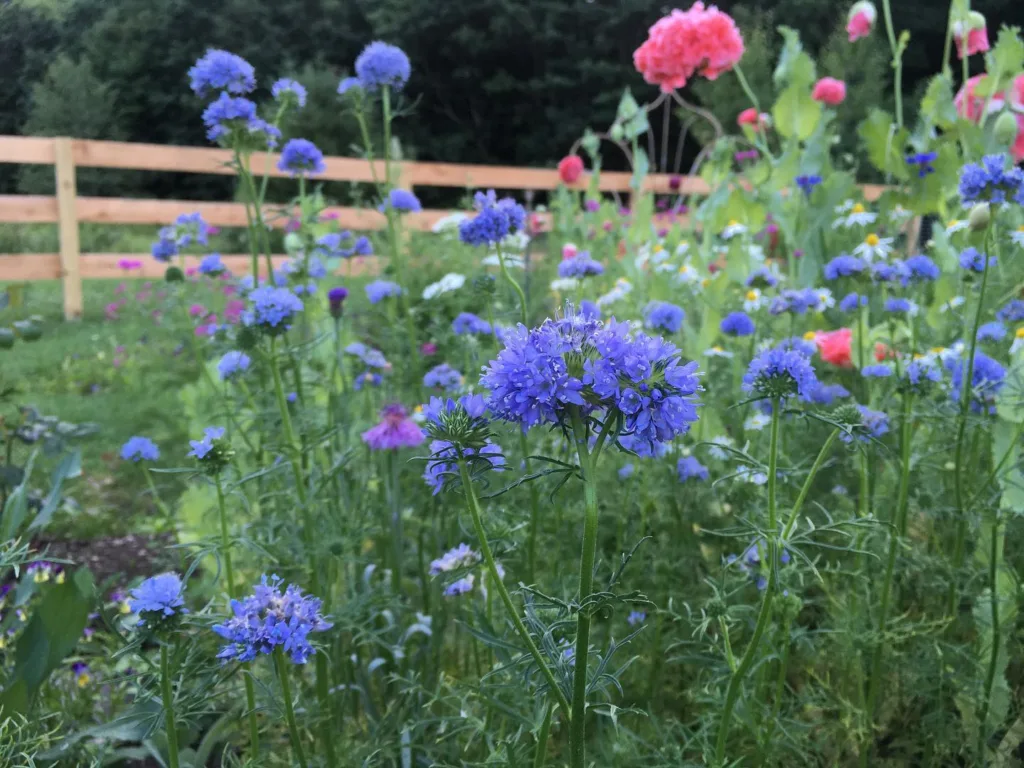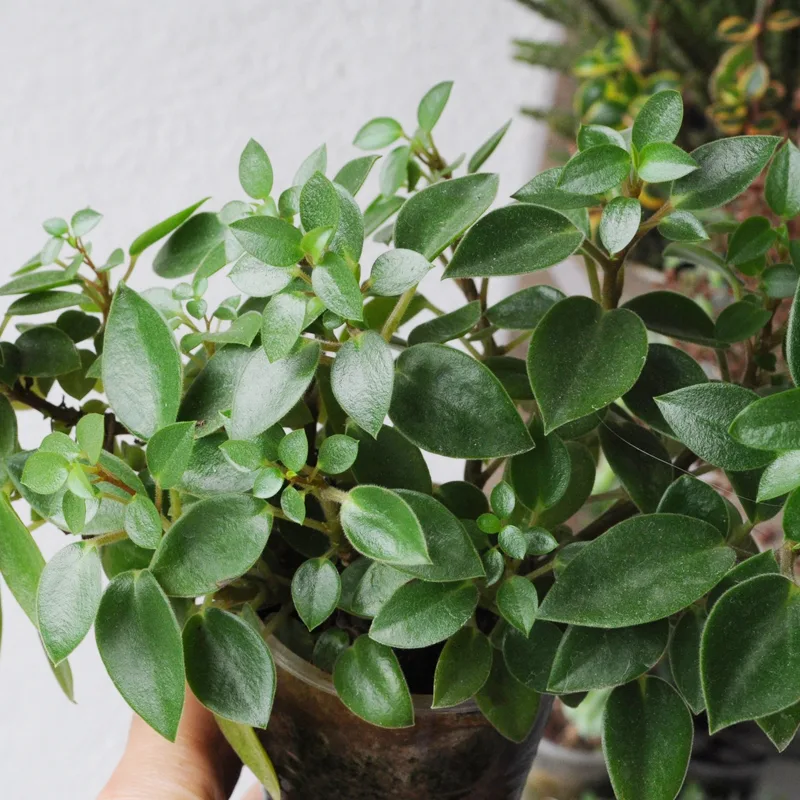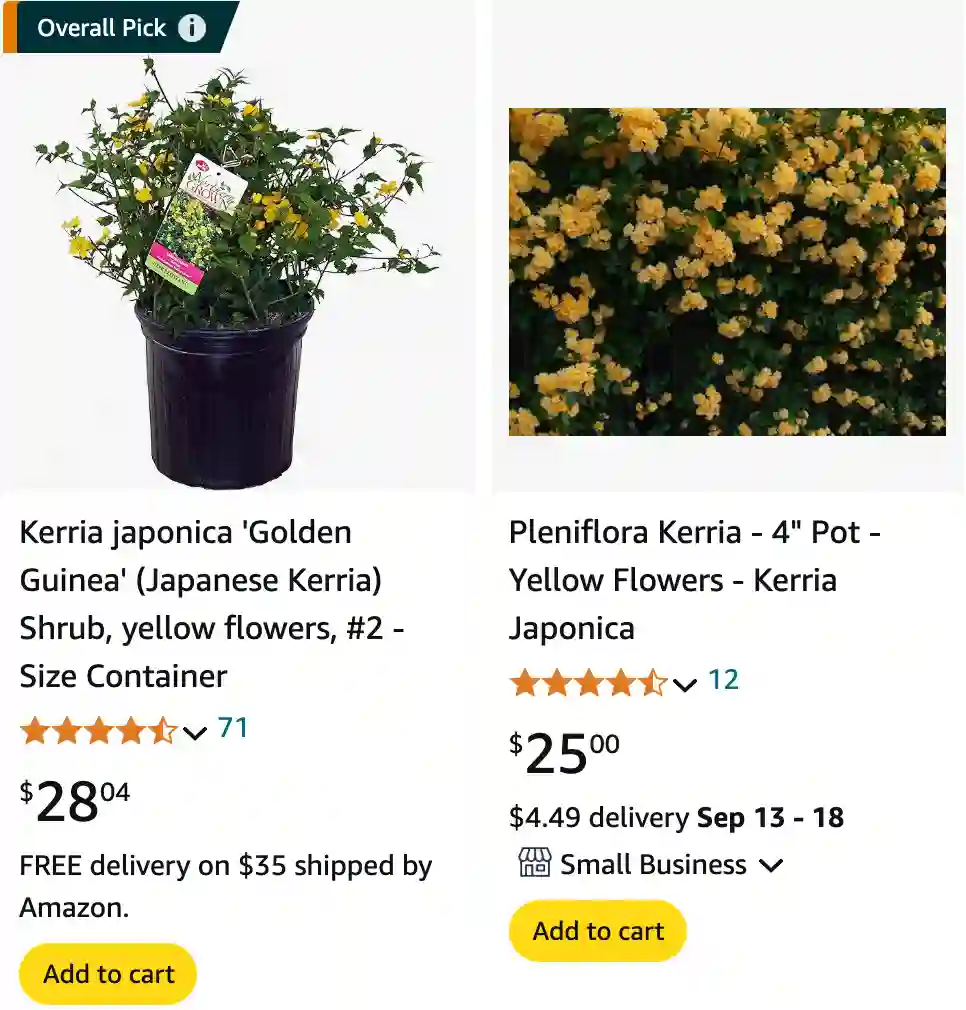
January 8 – Kerria
“Kerria, with its golden blossoms, shines for those born on January 8.”
Kerria represents optimism and vitality. You are a beacon of joy, spreading happiness wherever you go. Your infectious enthusiasm motivates others to embrace life with zest.
Kerria: A Golden Rhapsody in My Garden
My name is Ferb Vu, and I’m an avid gardener with a particular fondness for plants that bring a touch of vibrancy and elegance to my little patch of green. Among my favorites is the genus Kerria from the Rosaceae family, a captivating group of flowering shrubs that never fails to brighten my day.
While Kerria might not be as diverse as some other genera, its singular species, Kerria japonica, more than compensates with its sheer beauty and resilience. Native to the enchanting landscapes of China and Japan, this deciduous shrub has found a cherished home in my garden, and I’m eager to share my admiration for this golden gem.
What is Kerria Japonica?
Kerria Japonica, often known as Japanese Kerria, is a deciduous shrub native to East Asia. It’s cherished for its bright yellow, ball-shaped flowers that bloom in spring. With its arching stems and dense foliage, it adds a burst of color and texture to any garden.
How to Grow Kerria Japonica?
Growing Kerria Japonica is relatively straightforward. It thrives in well-drained soil and prefers partial to full shade. It’s quite adaptable and can tolerate a range of soil types, though it performs best in slightly acidic to neutral soil. When planting, ensure the site is sheltered from strong winds to protect its delicate branches.
How to Propagate Kerria Japonica?
Propagating Kerria Japonica is an enjoyable and rewarding process. You can propagate this shrub through softwood cuttings taken in early summer or by division. For cuttings, select healthy stems, dip them in rooting hormone, and plant them in a mix of sand and peat. Keep the soil moist and shaded until new growth appears. Division should be done in early spring or fall, ensuring each division has a good root system.
How to Prune Kerria Japonica?
Pruning Kerria Japonica helps maintain its shape and encourages vigorous flowering. I typically prune it right after the flowering season, in late spring or early summer. Remove dead or weak stems and thin out crowded areas to improve air circulation. If you need to control its size or shape, cut back the stems to the ground in early spring before new growth begins.
When to Prune Kerria Japonica?
The best time to prune Kerria Japonica is shortly after it blooms. Pruning in late spring or early summer ensures you don’t remove the buds for the next season’s flowers. Avoid heavy pruning in fall or winter, as this can make the plant more susceptible to cold damage.
How Fast Does Kerria Japonica Grow?
Kerria Japonica is a moderately fast-growing shrub. Under ideal conditions, it can grow 1 to 2 feet per year. It typically reaches a height of 3 to 6 feet, with a similar spread. Regular pruning can help manage its growth and keep it within desired limits.
Is Kerria Japonica Invasive?
Kerria Japonica is not generally considered invasive, but it can spread vigorously if left unchecked. In some areas, it may naturalize and spread beyond its intended garden space. Regular maintenance and pruning can help control its spread and prevent it from becoming problematic.
Is Kerria Japonica Poisonous?
No, Kerria Japonica is not known to be poisonous. It’s safe to handle, and there are no known risks associated with ingestion or contact. However, as with any plant, it’s best to keep an eye on pets and children to prevent them from eating any part of the plant.
Is Kerria Japonica Poisonous to Dogs?
Kerria Japonica is not poisonous to dogs. It’s a non-toxic plant, so there’s no need to worry if your furry friend takes an interest in it. However, it’s always a good idea to monitor pets to ensure they’re not consuming large quantities of any plant material.
Is Kerria Japonica Evergreen?
Kerria Japonica is not evergreen. It loses its leaves in the fall, revealing its interesting branching structure. In spring, it will regrow fresh foliage and start blooming again, bringing new life to your garden.
Where to Buy Kerria Japonica?
You can purchase Kerria Japonica from local nurseries, garden centers, and online retailers. If you prefer to see the plant in person before buying, visiting a nursery might be the best option. Online retailers often offer a wide variety of cultivars and sizes.
Is Kerria Japonica Deer Resistant?
Kerria Japonica is generally considered deer-resistant. While no plant is completely deer-proof, its tough leaves and stems are not a favorite among deer. If deer are a common problem in your area, Kerria Japonica could be a good addition to your garden.
What to Plant With Kerria Japonica?
Kerria Japonica pairs well with a variety of other plants. Consider planting it with ferns, hostas, or shade-loving perennials to create a lush, colorful garden bed. Its bright yellow flowers contrast beautifully with darker foliage and other spring-blooming plants.
Common Problems
One common issue with Kerria Japonica is powdery mildew, especially in humid conditions. To prevent this, ensure good air circulation around the plant and avoid overhead watering. Regularly inspect your plant for pests like aphids or spider mites, and treat any infestations promptly.
Benefits of Kerria Japonica
Kerria Japonica offers several benefits. It provides vibrant color in shaded areas, has an attractive growth habit, and is relatively low-maintenance. Its long blooming period and deer resistance make it a valuable addition to many gardens.
Compare with Similar Plants
If you’re considering alternatives to Kerria Japonica, look at other shade-tolerant shrubs like Forsythia or Spiraea. Forsythia offers early spring blooms but lacks Kerria’s evergreen structure, while Spiraea has a different flowering style but can offer similar color and texture.
Cultivars: A Spectrum of Golden Hues
While Kerria japonica may be the sole representative of its genus, it boasts a delightful array of cultivars, each with its own unique charm. Here are a few of my favorites:
- ‘Pleniflora’: This cultivar is a true showstopper, its double flowers resembling fluffy pompoms of gold. It’s no wonder it’s often referred to as the “double-flowered Kerria.”
- ‘Picta’: This variegated cultivar adds a touch of whimsy to the garden with its creamy white and green leaves, providing a striking contrast to the golden flowers.
- ‘Golden Guinea’: True to its name, this cultivar boasts large, single flowers that shine like gold coins in the sunlight.
Kerria in My Garden: A Personal Touch
In my garden, Kerria japonica has found a place of honor, its vibrant blooms adding a touch of magic to the landscape. I’ve planted it along a fence, where its arching stems create a cascade of golden flowers. It also thrives in a shaded corner, where its bright blossoms illuminate the space.
I’ve found that Kerria japonica is a remarkably versatile plant. It can be grown as a standalone shrub, or it can be incorporated into a mixed border. It also makes a stunning addition to a woodland garden, where its golden flowers provide a welcome contrast to the verdant surroundings.
Caring for my Kerria japonica is a joy. It requires minimal pruning, and I simply remove any dead or crossing branches in late winter. I also provide it with a layer of mulch in the spring to help retain moisture and suppress weeds.
A Golden Legacy
As I tend to my Kerria japonica, I’m reminded of the plant’s namesake, William Kerr, a Scottish gardener who introduced this golden wonder to the Western world. His legacy lives on in the countless gardens that are graced by the beauty of Kerria japonica.
I’m grateful for the opportunity to share my passion for this remarkable plant. Whether you’re a seasoned gardener or just starting out, I encourage you to consider adding Kerria japonica to your own garden. Its vibrant blooms and easy-going nature are sure to bring you years of enjoyment.
If i die, water my plants!
